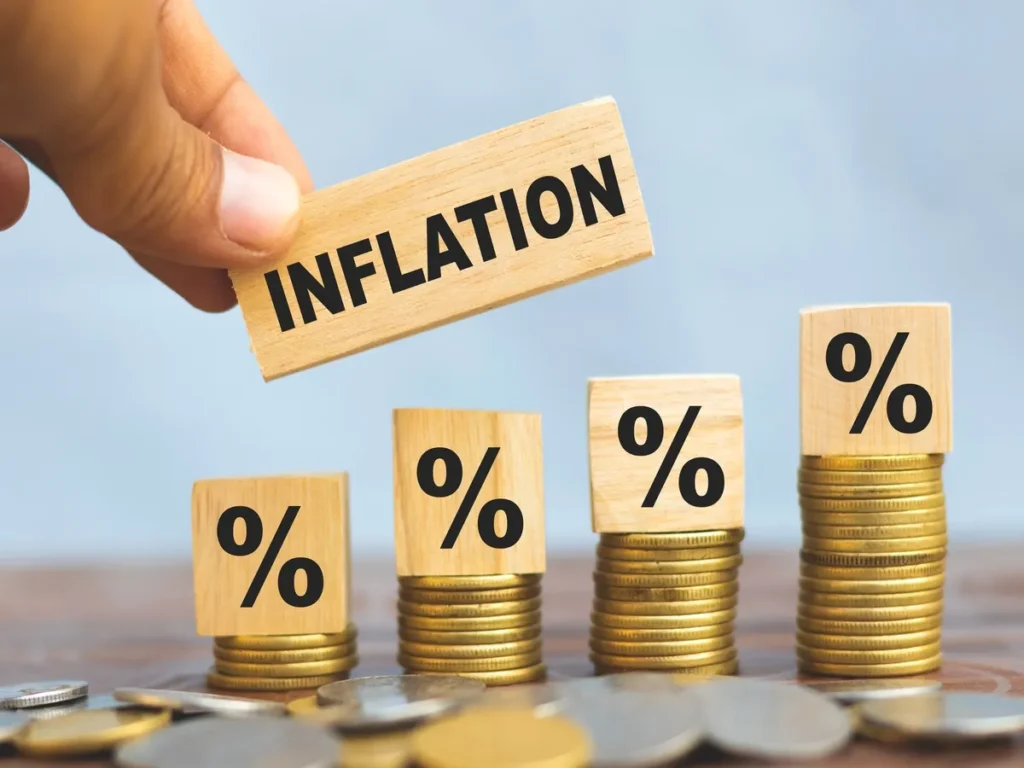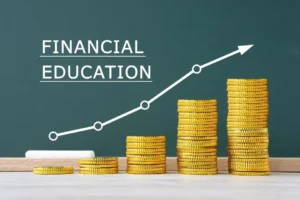Introduction
Inflation has become one of the most pressing economic concerns for Americans in recent years. With the rising cost of living, consumers are forced to rethink their financial priorities. Whether it’s groceries, housing, or discretionary spending, inflation is leaving its mark on every aspect of daily life. But how exactly is it influencing consumer behavior, and what trends are emerging as a result?
The Impact of Inflation on Everyday Expenses
Inflation affects nearly every aspect of consumer spending, from groceries to housing costs. The most significant areas where inflation has been felt include:
- Food and Groceries – Higher production and transportation costs have led to increased prices for household staples like meat, dairy, and fresh produce, prompting consumers to seek budget-friendly alternatives.
- Housing and Rent – With rising interest rates and high demand, home affordability has become a challenge, pushing more people toward rental markets where prices are also surging.
- Gas and Transportation – Fuel price volatility continues to impact commuting and travel expenses, leading more people to explore public transportation, carpooling, and fuel-efficient vehicles.
- Healthcare Costs – Medical services, insurance premiums, and prescription drug prices have risen, causing many to reassess their healthcare budgets and prioritize essential treatments.
Changing Consumer Spending Habits
In response to inflation, American consumers are adapting their spending habits in several key ways:
- Cutting Back on Non-Essentials – Many are reducing discretionary spending on entertainment, dining out, and luxury goods, focusing instead on necessities.
- Switching to Store Brands – Private-label products are gaining popularity as shoppers seek cost-effective alternatives to name brands without compromising quality.
- Delaying Major Purchases – Consumers are postponing big-ticket items like cars, electronics, and home renovations due to higher costs and interest rates.
- Increased Use of Discounts and Coupons – More shoppers are turning to loyalty programs, coupons, and bulk buying to maximize their purchasing power.
- Growing Preference for Secondhand Goods – Thrift stores, online marketplaces, and refurbished products are seeing increased demand as people look for budget-friendly options.
- Adopting Subscription-Based and Buy Now, Pay Later (BNPL) Models – Consumers are turning to flexible payment options to manage expenses more efficiently.
The Long-Term Economic Effects
Persistent inflation has broader implications beyond individual consumer behavior. Businesses must adjust pricing strategies, supply chain management, and employee wages to remain competitive. Additionally, government policies, such as interest rate hikes by the Federal Reserve, play a crucial role in curbing inflation’s long-term effects while balancing economic growth and stability.
Conclusion
Inflation is reshaping consumer spending patterns in America, influencing how individuals budget, save, and make purchasing decisions. While economic conditions remain uncertain, understanding these trends can help both consumers and businesses navigate financial challenges more effectively. By adopting smart spending strategies and staying informed, Americans can mitigate the impact of rising prices on their daily lives while preparing for a more financially stable future.





